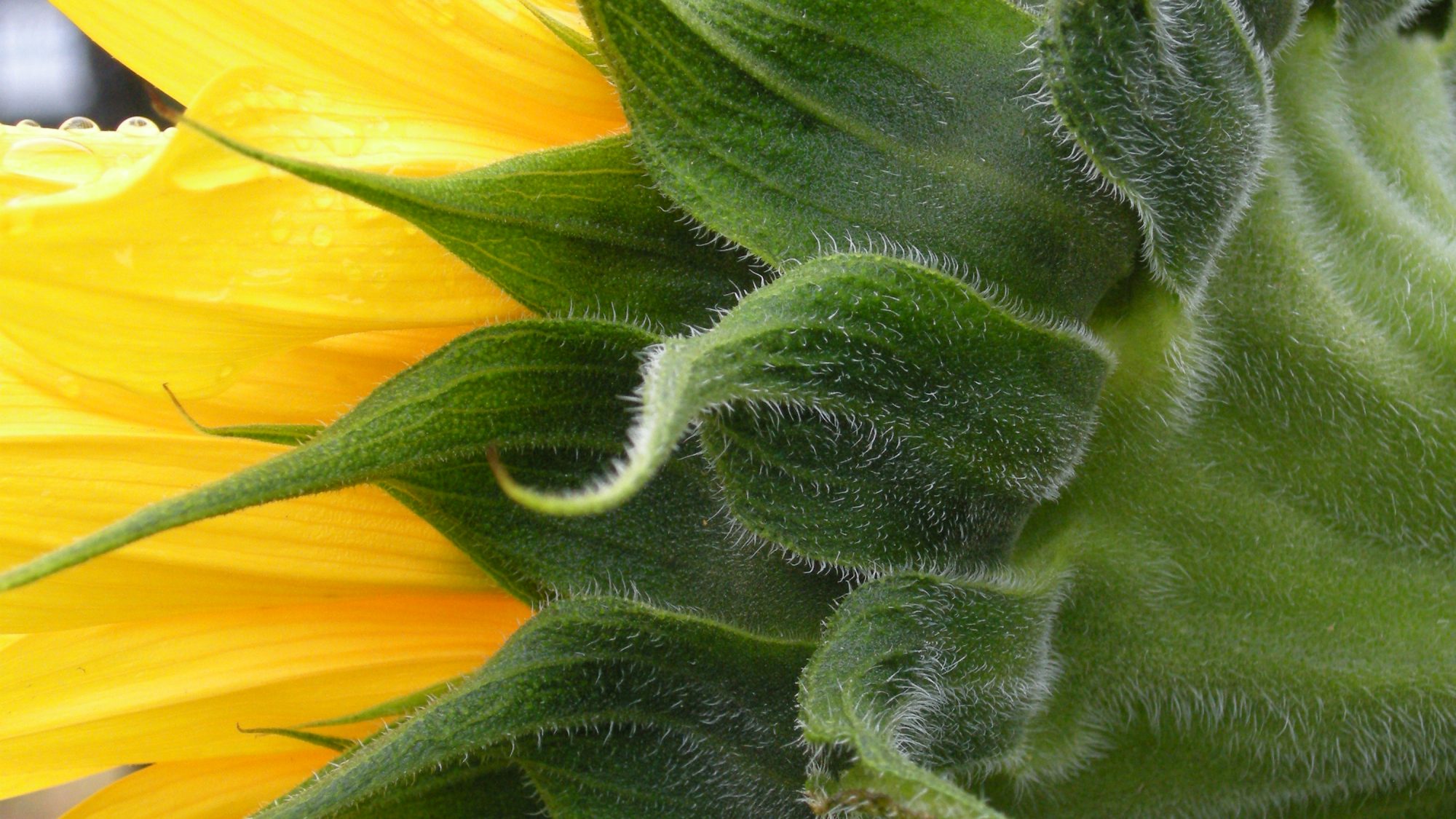Plants are key to our survival, and here in the Garden, at the University’s Department of Plant Sciences, and at the Sainsbury Laboratory, Cambridge, researchers are trying to understand exactly how plants work. The displays in the Understanding Plants area bring to life some of this research work.

One display shows how plants regulate what time of day they flower as determined by their 24 hour clock, or circadian rhythm. This clock is maintained by sugars made during photosynthesis, which help control metabolic processes that keep the plants functioning in time. Two beds, one containing plants which open in the morning and attract familiar pollinators such as bees, and the other comprising evening flowering species which are often scented, attracting evening pollinators such as moths.

Other beds compare commercially available seed mixes which have been developed to attract bees. Here comparison can be made between adjacent beds to see which mix has the longest flowering season, and also which individual species are most attractive to bees. A further display aims to explain the role of pigments in determining flower colour, while the last demonstration highlights the function of the plant hormone auxin in plant branching and the production of buds.

There is plenty in the Understanding Plants area for visitors young and old to gain a deeper understanding about current plant science research.

